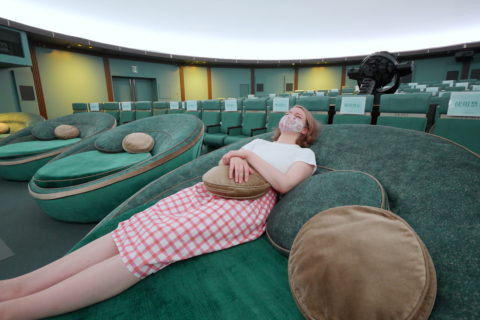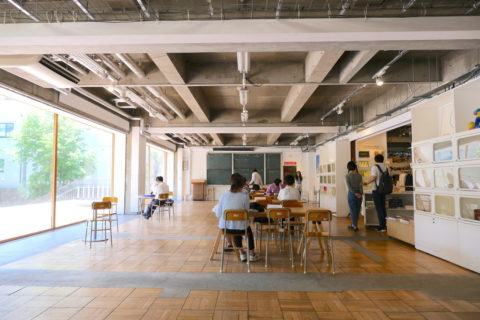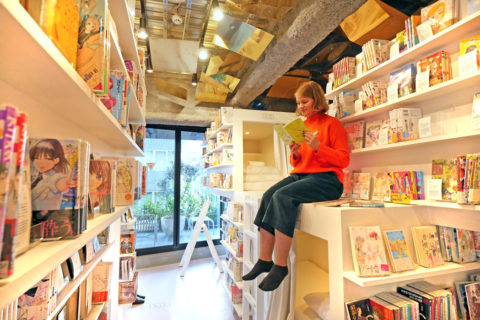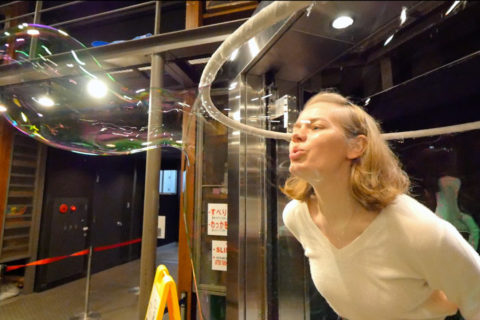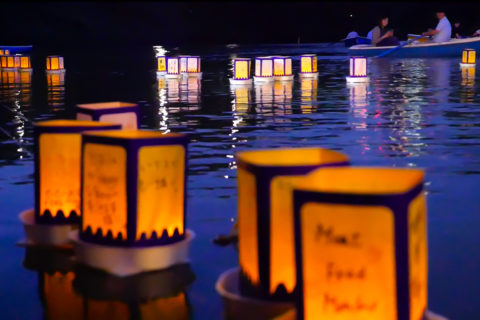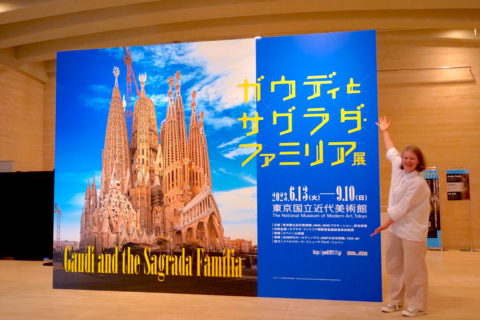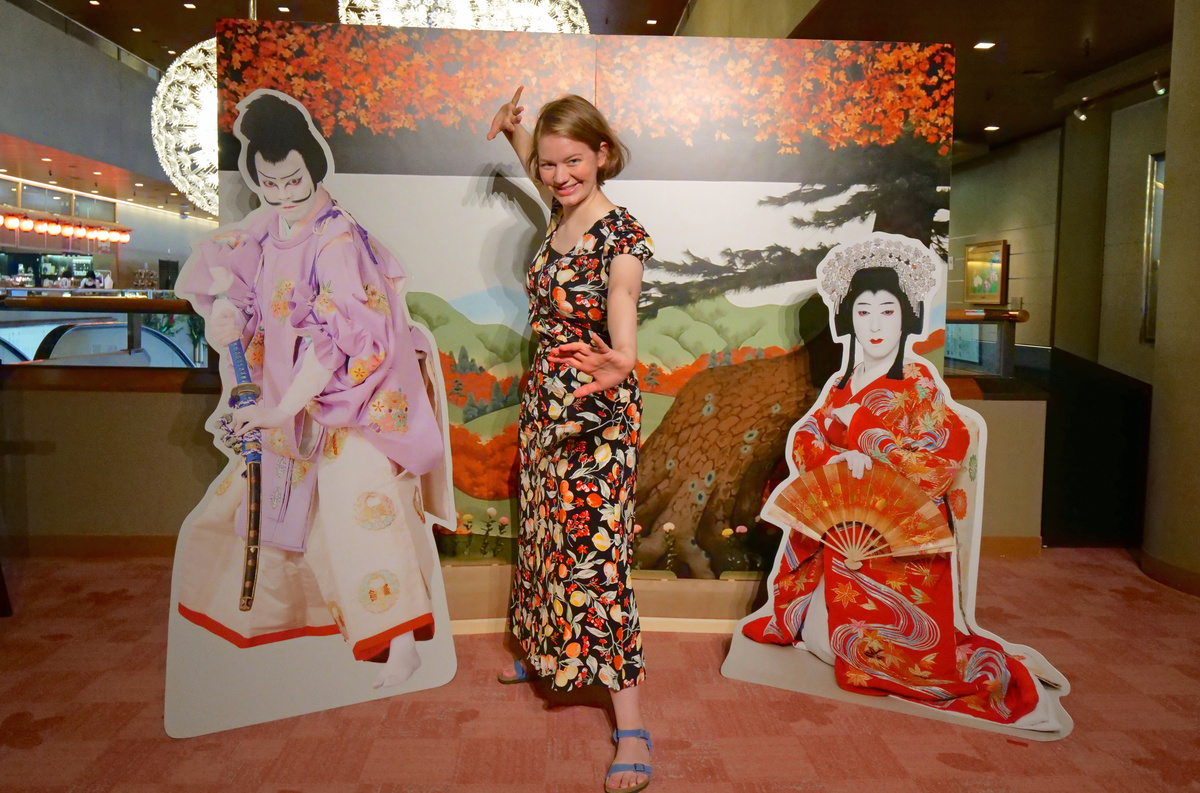
Kabuki, a traditional Japanese performing art, is an important cultural asset known for its colorful costumes and unique eye-catching makeup. But how and where can you watch it? This article is about my experience with the “Discover KABUKI” program held at the National Theatre. The program has been specially set up for foreigners who are watching Kabuki for the first time. especially for foreigners!
Content
Where can you watch Kabuki in Tokyo?
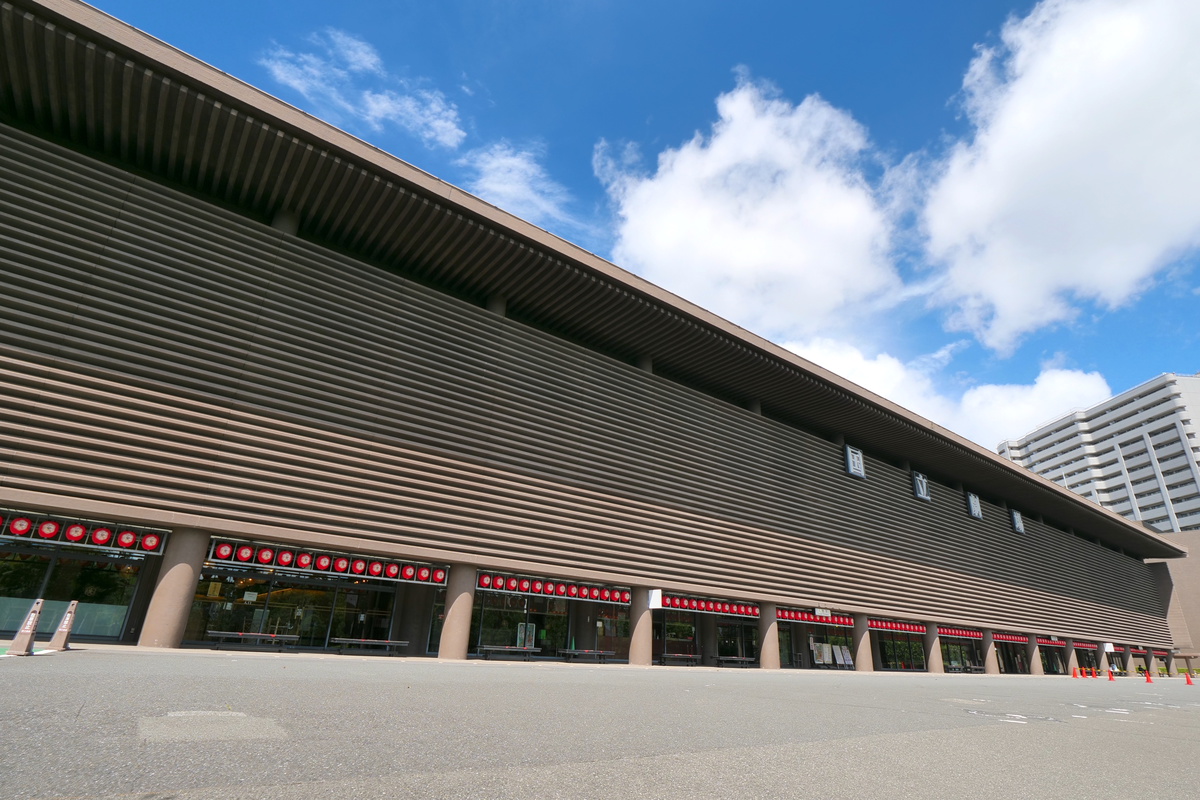
If you want to watch Kabuki in Tokyo, the most famous options are theaters such as the National Theatre, the Kabukiza Theatre, or SHINBASHI ENBUJO. I visited the National Theatre which hosts not only Kabuki plays, but also bunraku (traditional Japanese puppet theatre), Japanese dance performances, and traditional Japanese music events.
There is also a museum called “Traditional Performing Arts Information Center” on the premises. (described later in the article)
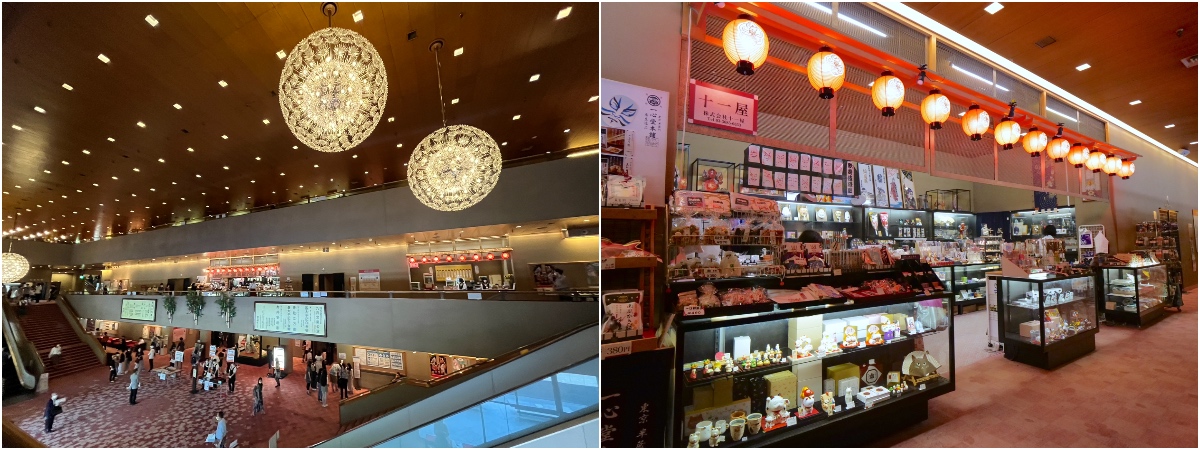
“Discover KABUKI” – A Kabuki experience for foreigners and Kabuki beginners
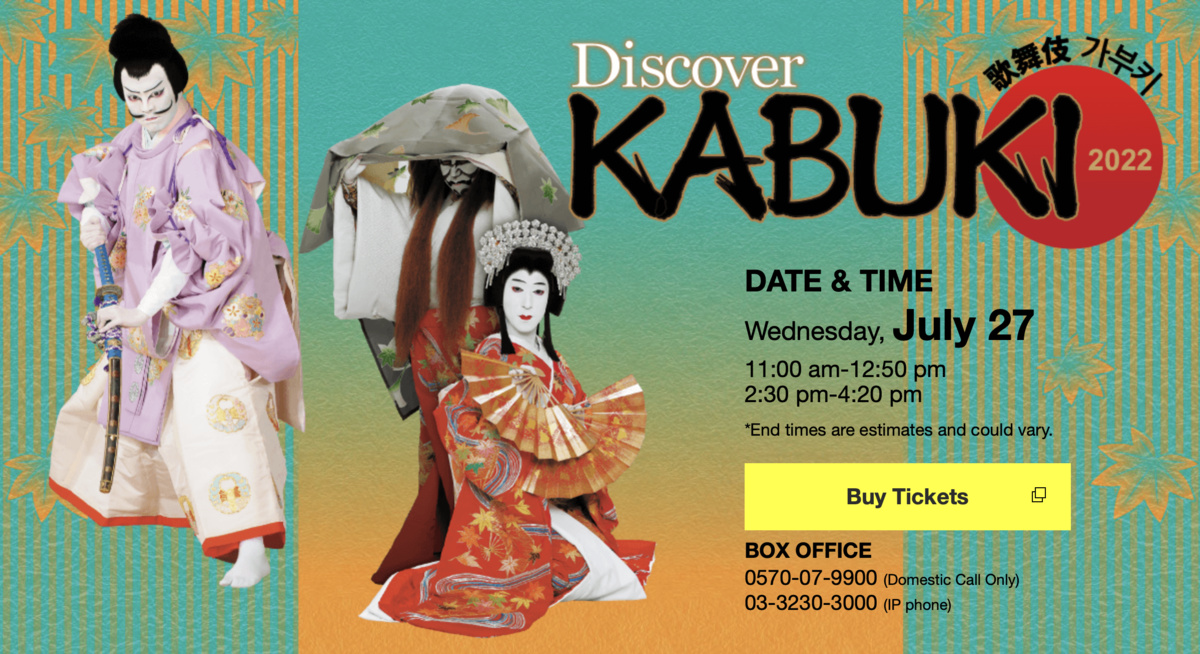
At “Discover KABUKI”, you can borrow English and Japanese earphone guides for free. The commentary and explanations during the performance help a lot to understand what is going on, perfect for beginners. In addition, Japanese and English subtitles are displayed on screens on the left, right, and above the stage, making it easier to follow the story of the Kabuki performance.
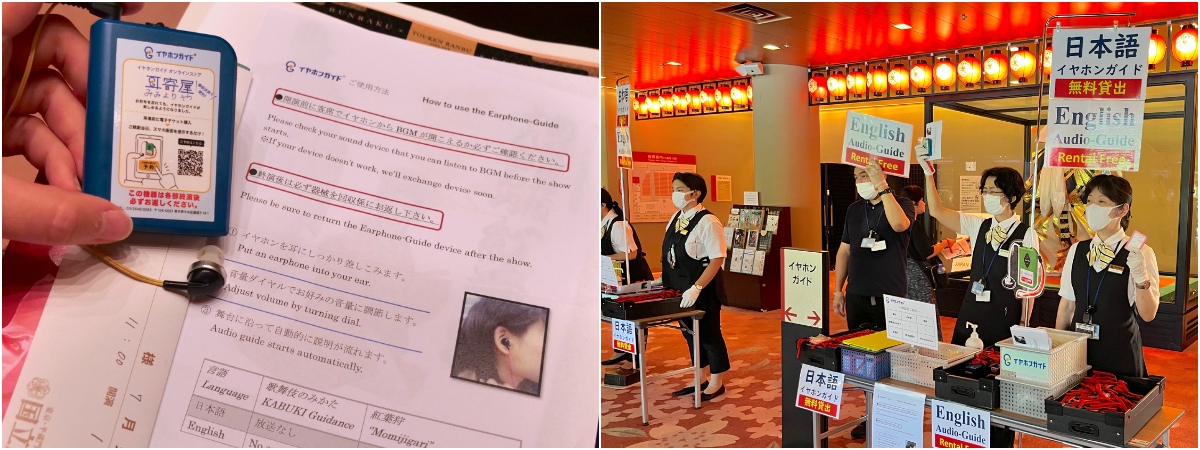
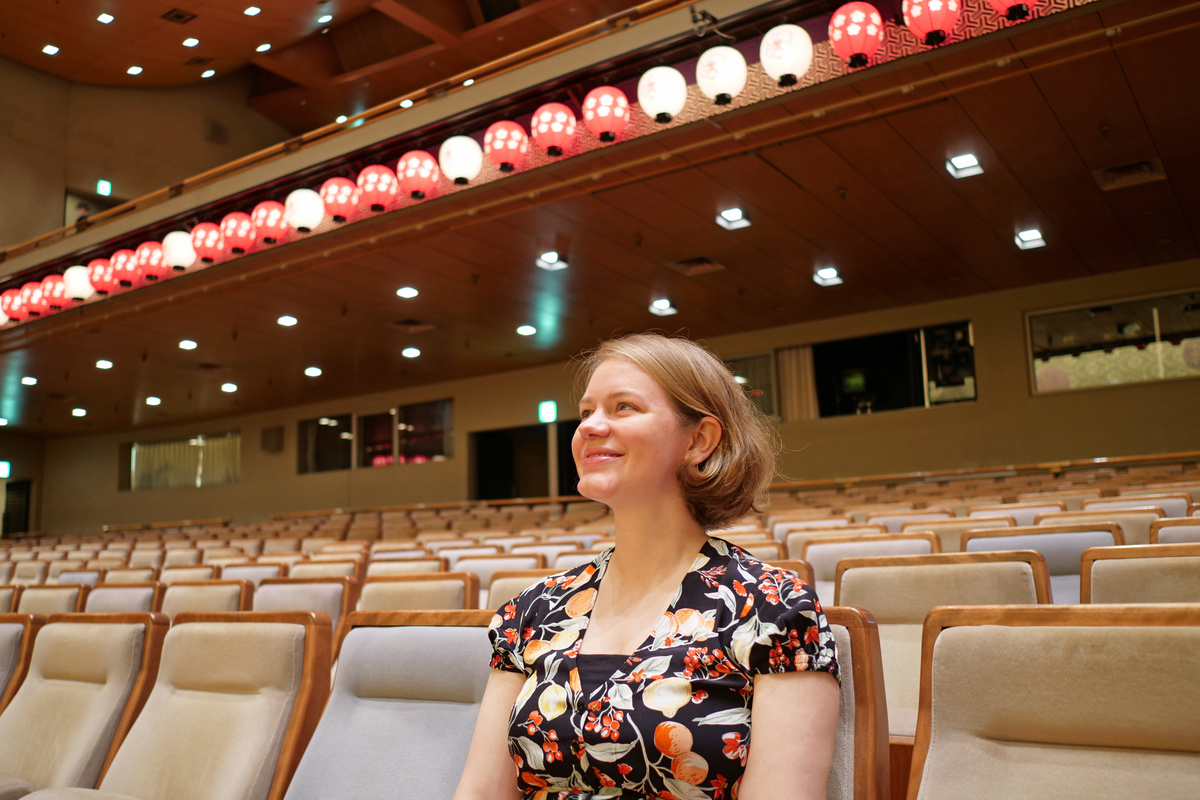
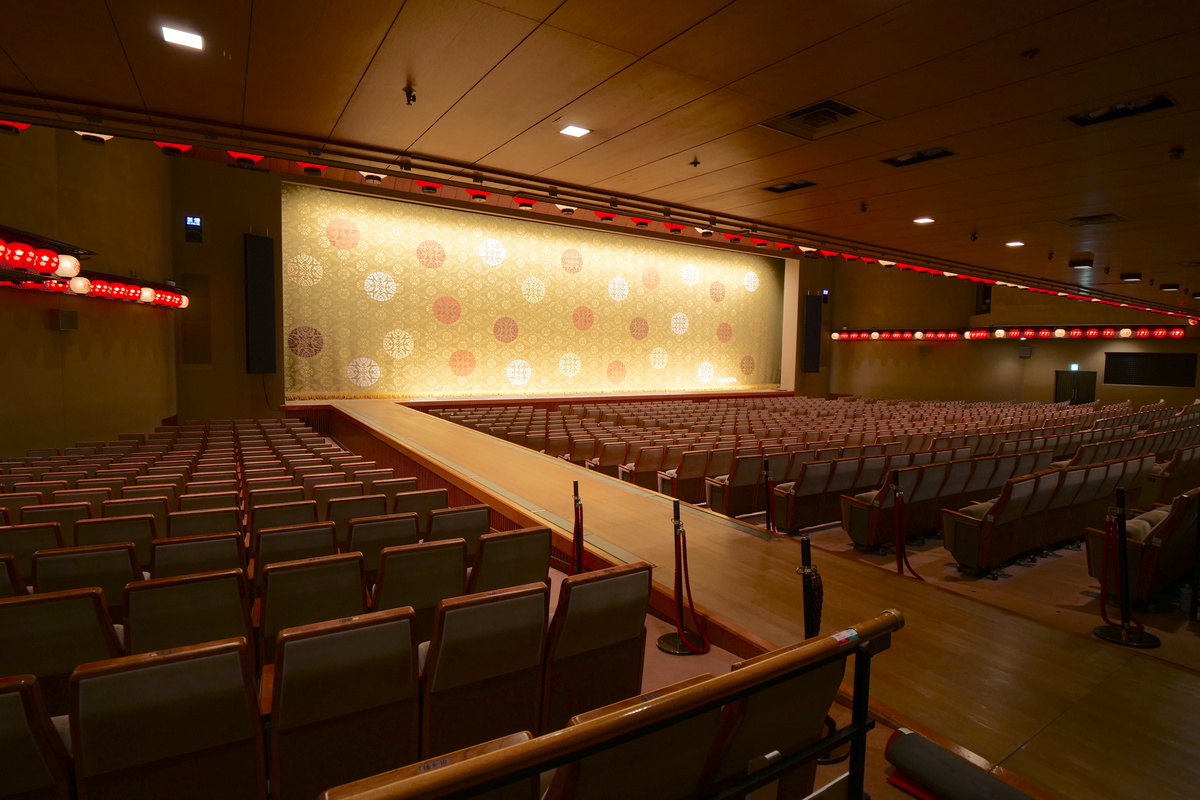
The theatre was filled with people! Many foreign spectators were awaiting the start, excited for what was to come.
Then, suddenly, the opening song of “Demon Slayer: Kimetsu no Yaiba” started playing. What a surprise! I learned later that there are many scenes in Kabuki plays showing fights against scary beings such as demons, just like popular anime series today. In other words, some anime are influenced by Kabuki.
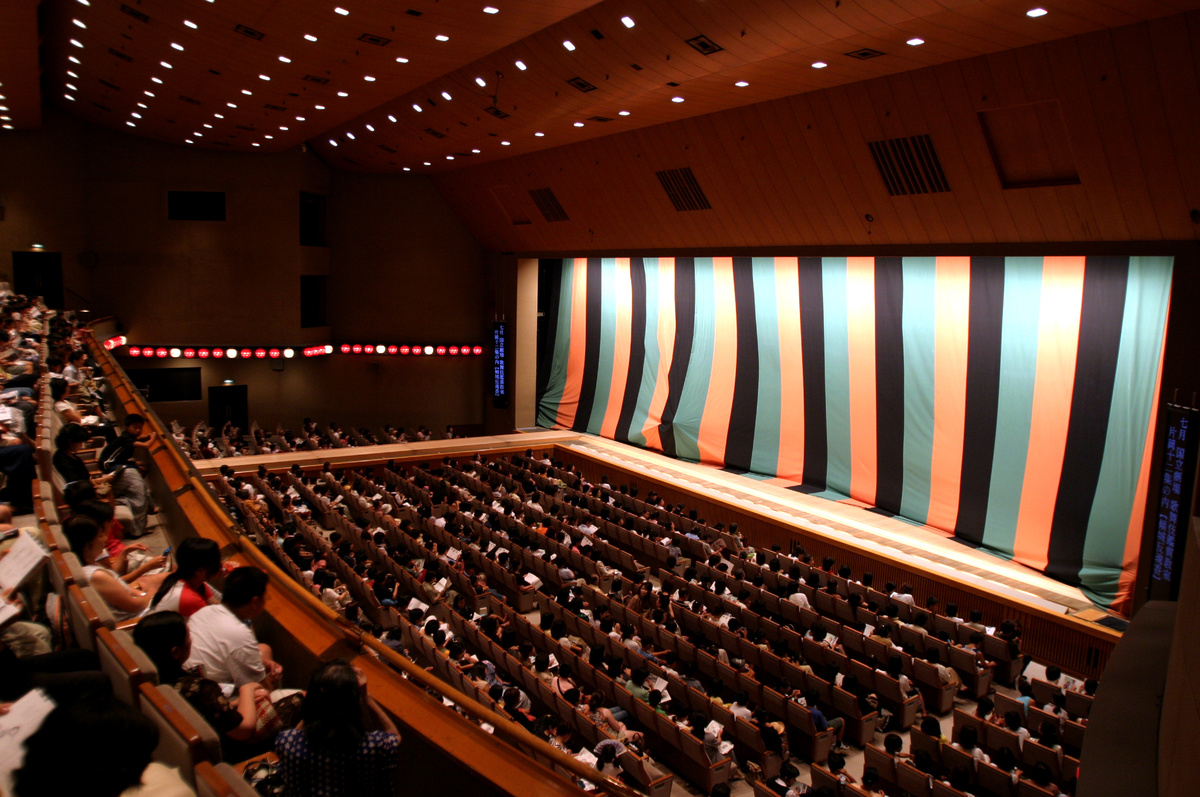
At “Discover KABUKI”, before the main performance of the Kabuki program, there is a commentary called “Kabuki no Mikata – How to watch Kabuki”. During my visit, a real Kabuki actor (Mantaro Nakamura) and a navigator provided easy-to-understand explanations of the stage features, the music performance, costumes, and staging in both English and Japanese. It was a humorous and very educational presentation!
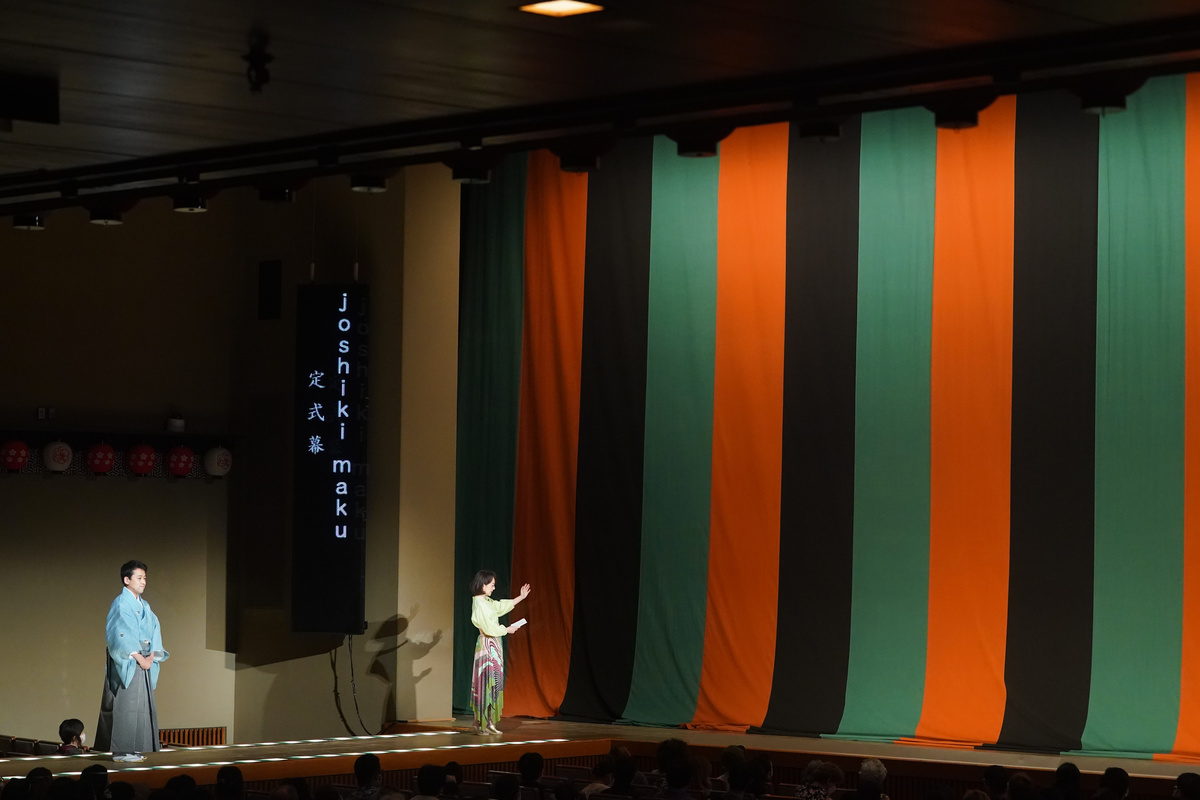
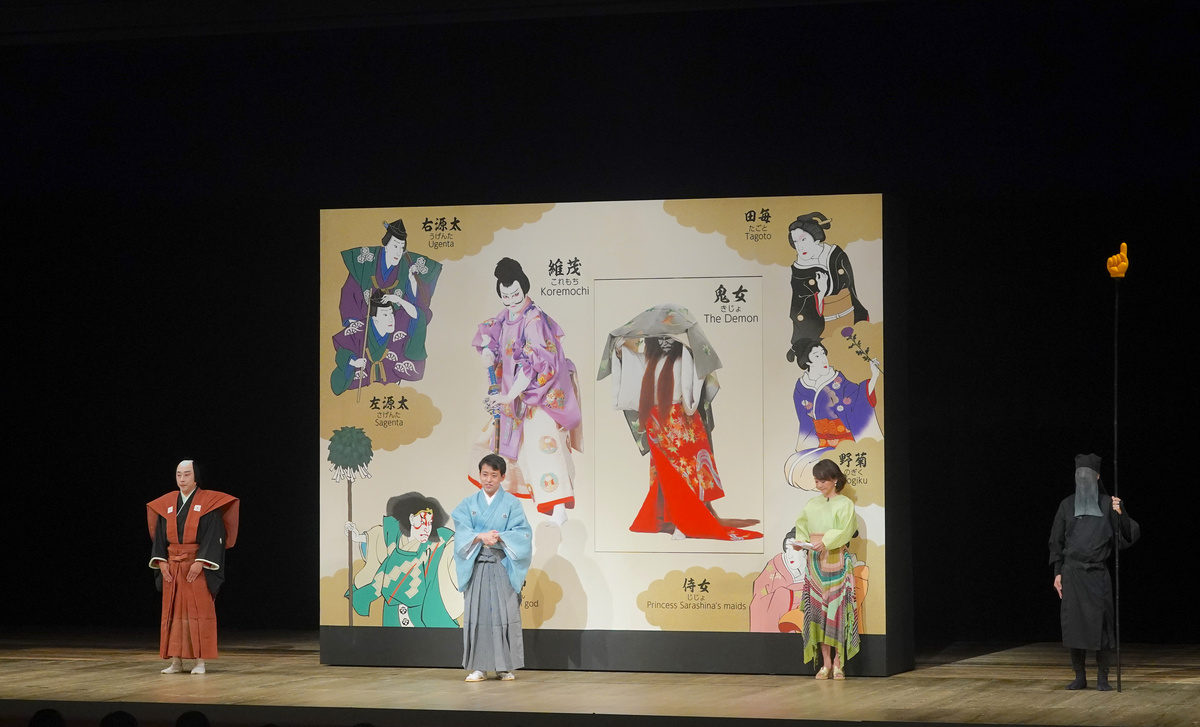
Three things you should know about Kabuki
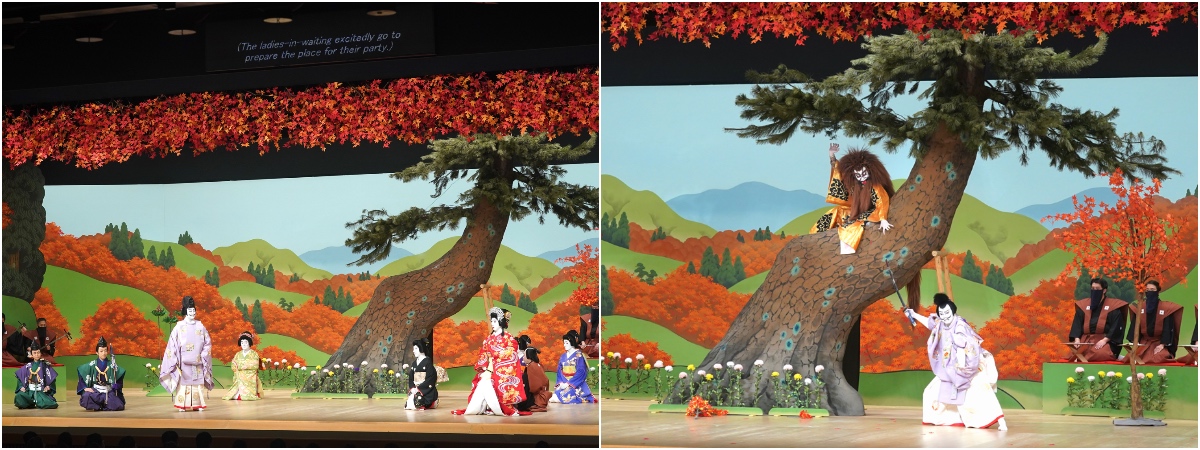
(1) Kabuki makeup
The charm of Kabuki is the extravagant and vivid presentation! In Kabuki, “appearance” is everything, and costumes, makeup, and props are all “symbols” that emphasize the character’s traits. Kabuki actors are all male, including the actors in female roles. They apply their make-up on their own and sometimes add red lines around their eyes. This special make-up is called kumadori.
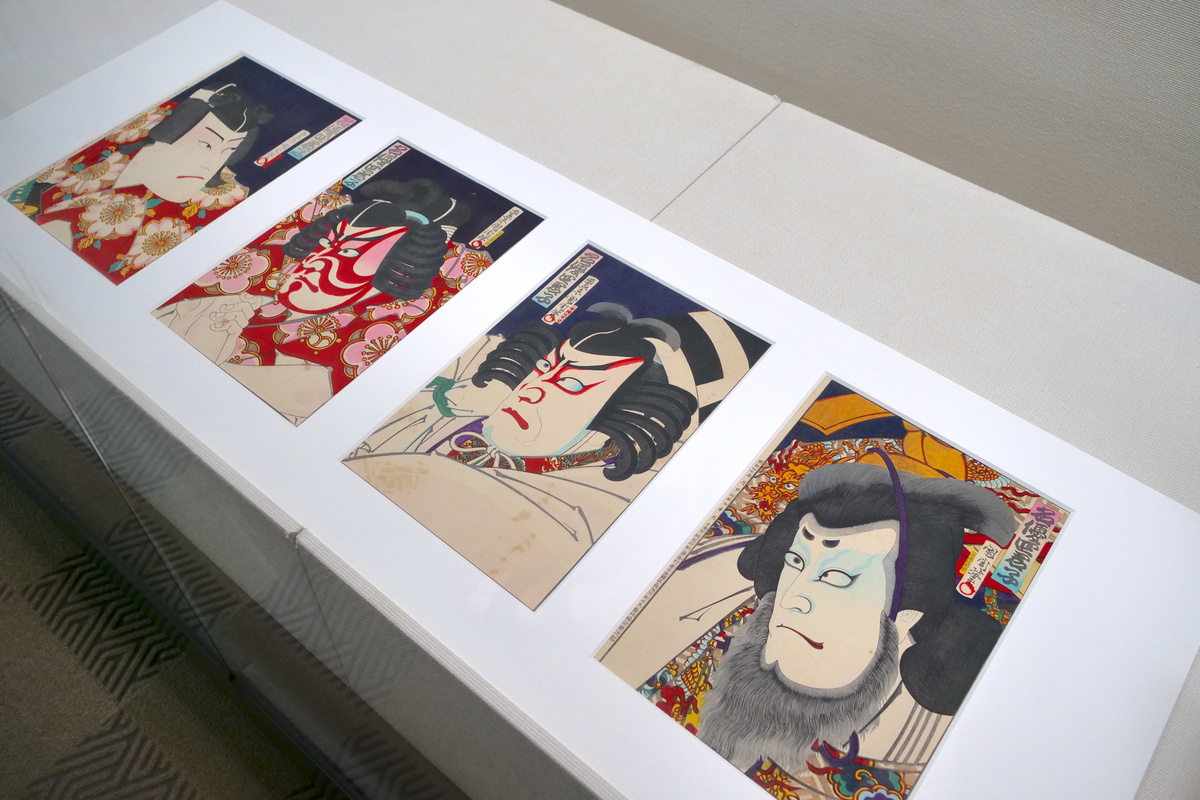
The red beniguma symbolizes strength, the blue aiguma symbolizes evil, and the chaguma symbolizes supernatural creatures, such as demons and yokai goblins. By the way, the use of the colors red and blue is exactly the opposite of Star Wars. Isn’t that interesting?
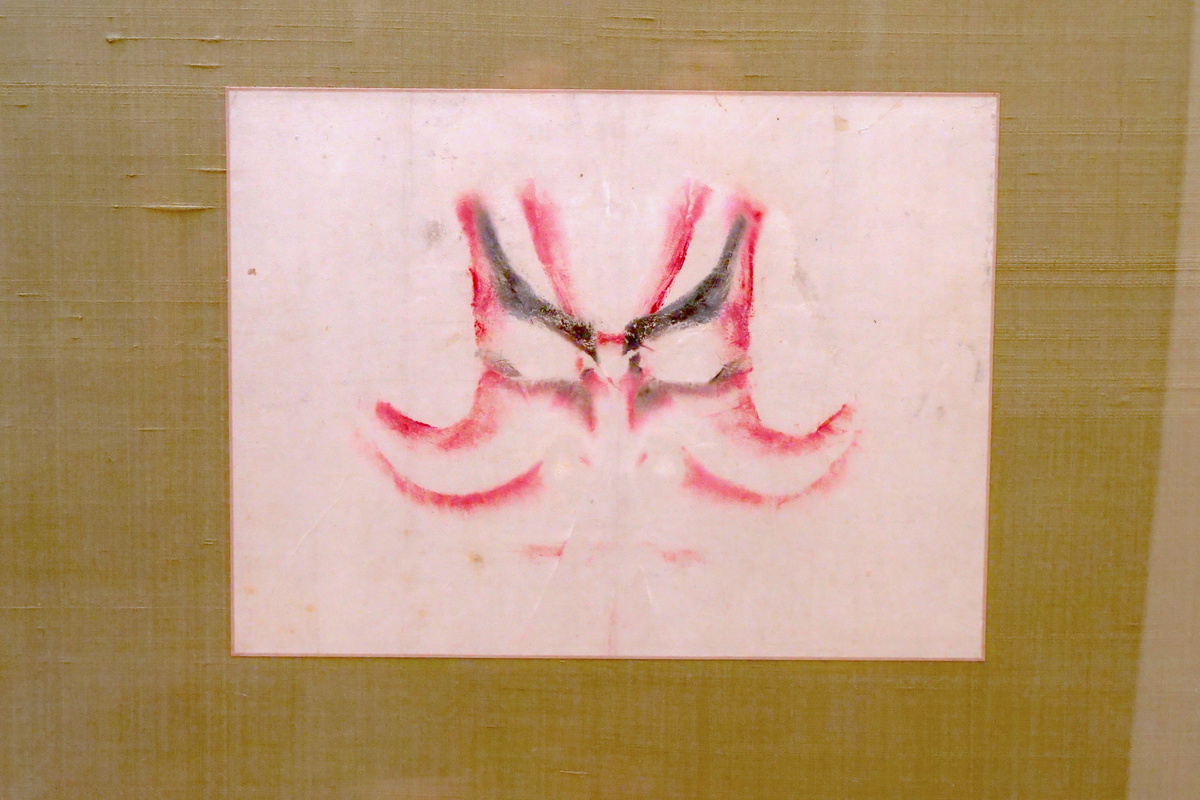
(2) Kabuki’s signature poses
During a Kabuki performance, the actors may suddenly move in slow motion, or everyone freezes on stage. This is called “mie” and is a way to further emphasize the beauty of the appearance. The effect is like a close-up with a camera in a movie (even though there is no close-up, of course). It is said that “mie” originated from imitating the appearance of Buddha statues.

In most cases, the moment when the actor hits a “mie” pose, you’ll hear the sound of “tsuke“. Tsuke refers to the sound effects created by striking a board known as a tsuke-ita with two wooden square poles. This has a “booster effect” for the “mie” pose. It’s just like the concentrated linework in manga around a character.
By the way, the popular Japanese action hero tv series have also incorporated Kabuki’s “mie“. I’m sure you’ve all seen scenes when rangers and other heroes in color-coded costumes line up, shout out a cool phrase, strike a pose, and freeze for a moment. It’s the same as Kabuki’s “mie“!
(3) Laser beam from the actor’s eyes!?
“Nirami” is a special eye movement during the moment of “mie“. At first glance, Kabuki actors appear to have crossed eyes, but they are not crossed eyes. One eye is slightly misaligned.
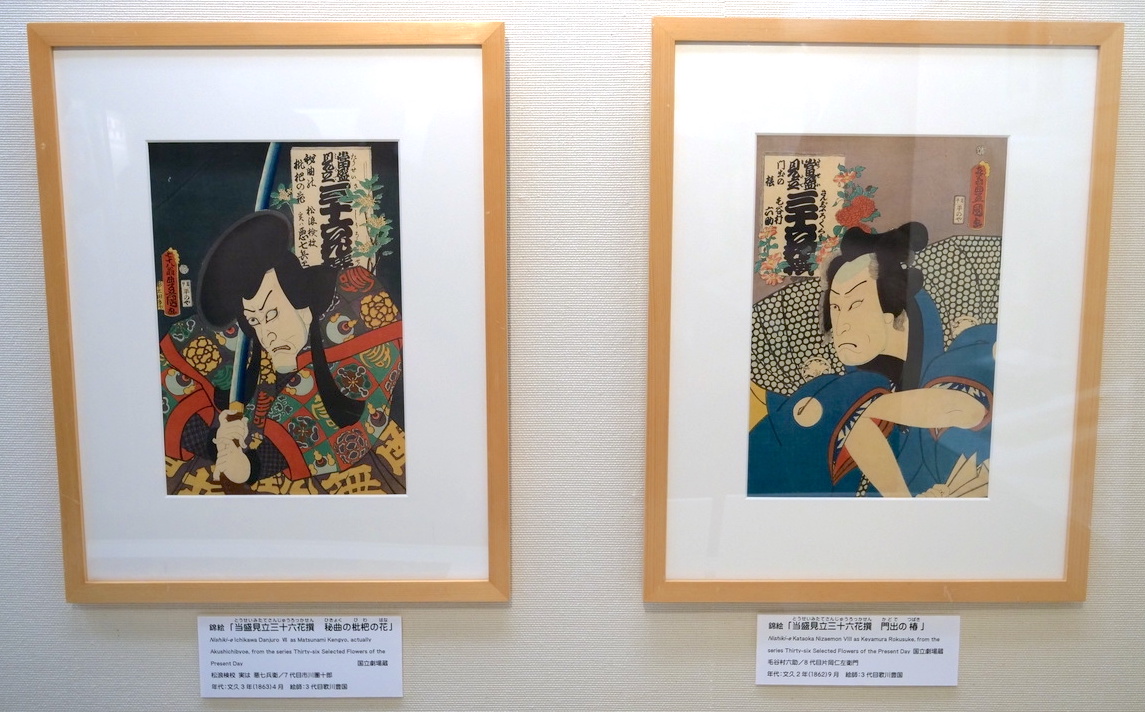
“Nirami” expresses that the Kabuki actor’s emotions are heightened and he is extremely focused on the character he is playing. In the Edo period, it was believed that “nirami” had the power to ward off evil and that if an actor stared at you, you would not get sick for a year.
The more you learn about Kabuki, the more you will enjoy it! And there is so much more. Such as music performers that are placed on three (!) spots on the stage, or “invisible” assistants called “kurogo” dressed in black (appearing on the stage under the promise that they cannot be seen by the audience). Kabuki is a lot of fun because of all these techniques and amazing tricks!
Experience more Kabuki at the “National Theatre Traditional Performing Arts Information Centre”
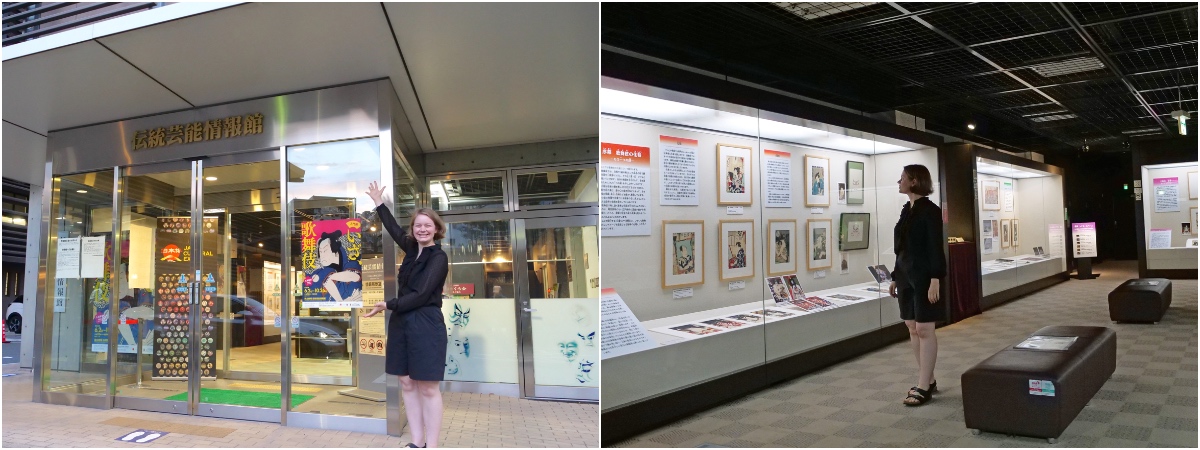
The small museum “Traditional Performing Arts Information Centre” on the premises of the National Theatre has an exhibition perfect for Kabuki beginners where you can learn the basic knowledge of Kabuki. Events such as lectures are held regularly, so be sure to check them out!
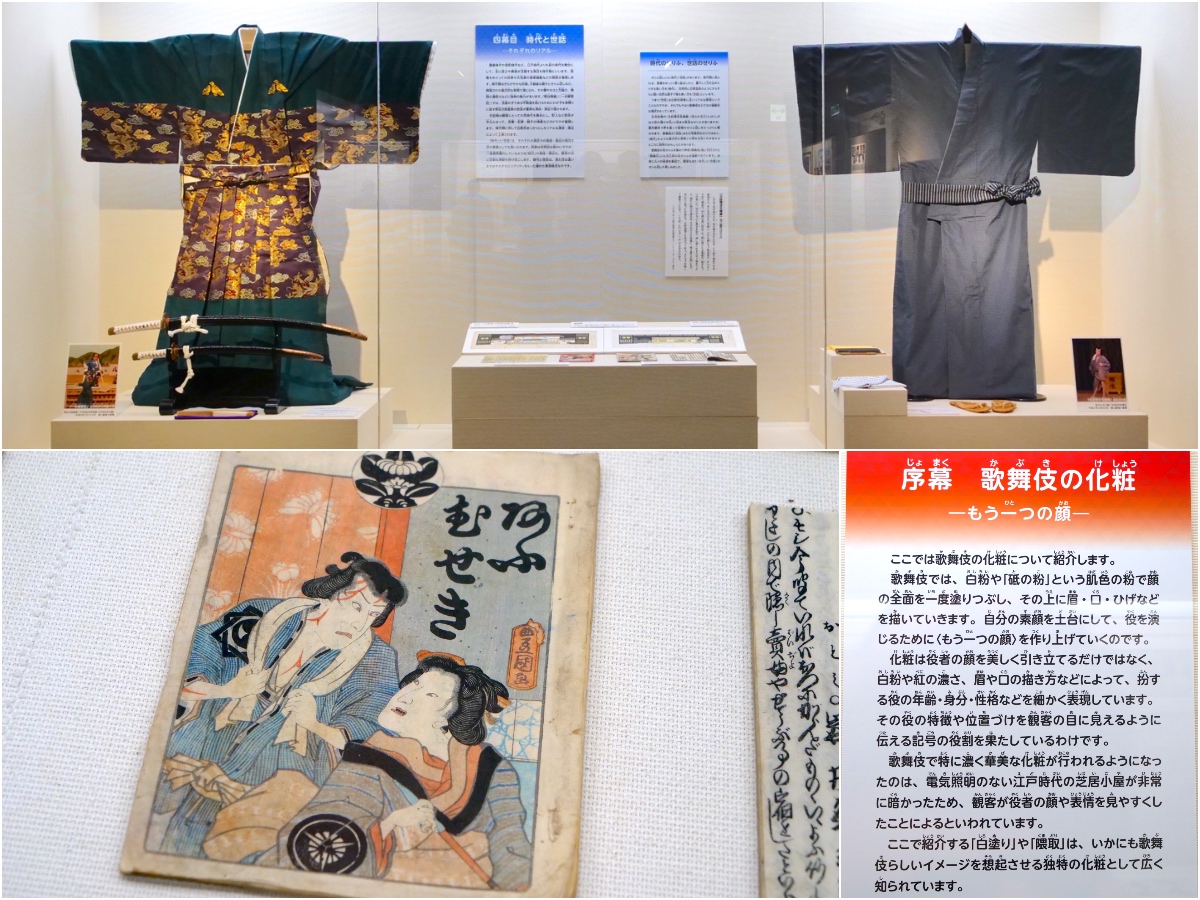
If you are interested in Kabuki, be sure to check out the Traditional Performing Arts Information Centre at the National Theatre!
* Photos are courtesy of the Japan Arts Council.
National Theatre
https://www.ntj.jac.go.jp/kokuritsu.html (Japanese)
https://www.ntj.jac.go.jp/en/theatre/national_theatre/ (English)
National Theatre Traditional Performing Arts Information Centre
https://www.ntj.jac.go.jp/tradition.html
4-1 Hayabusacho, Chiyoda-ku, Tokyo
Google Maps: https://goo.gl/maps/QeRsDnJ6s7nefGn38
Nearest stations: Hanzomon Station, Nagatacho Station


